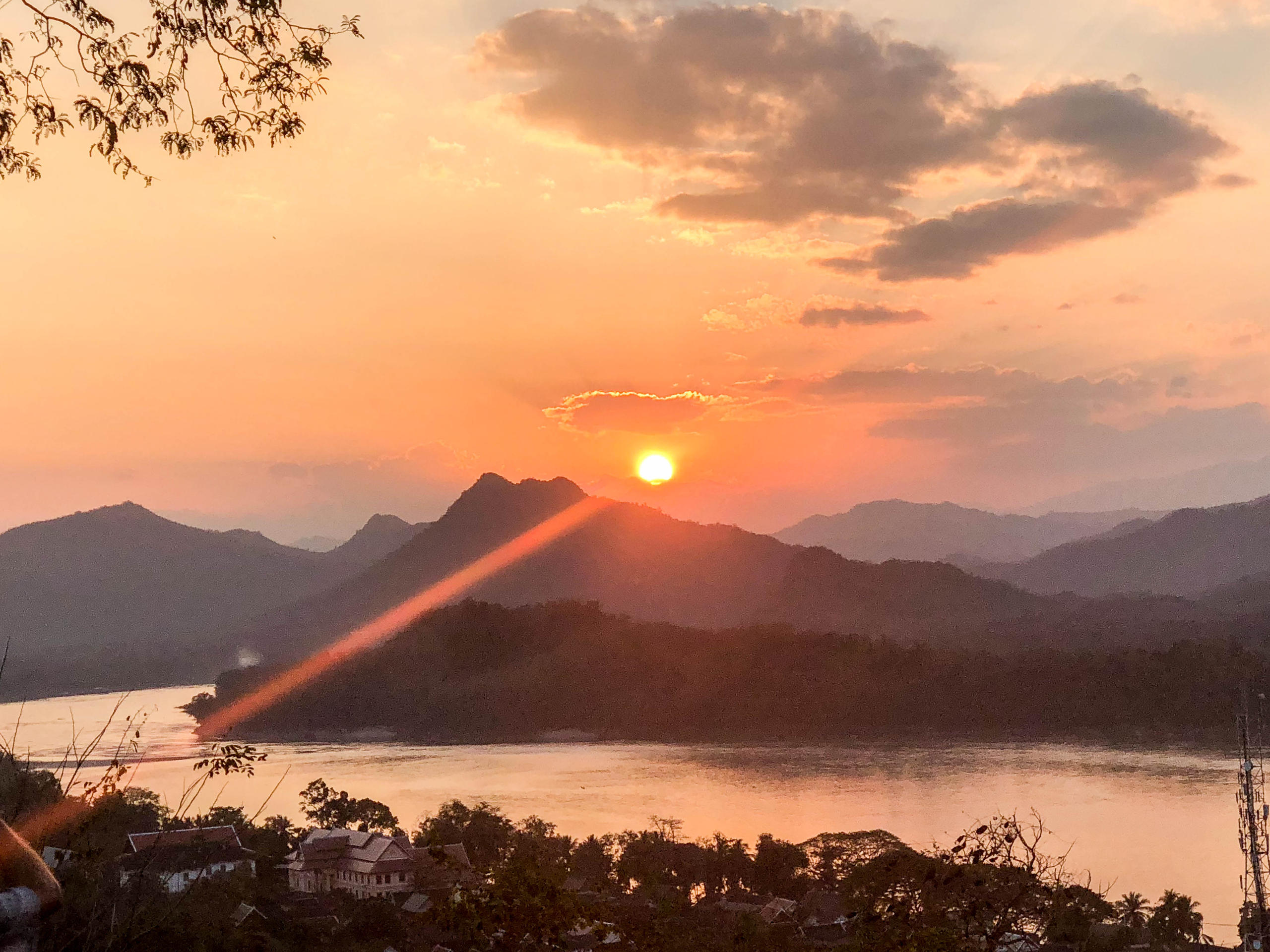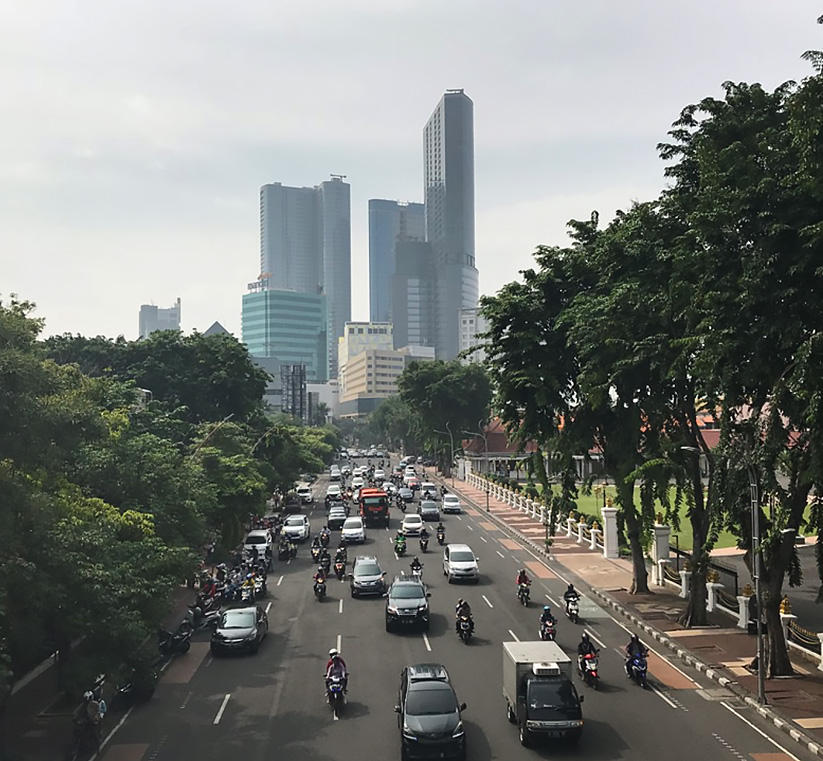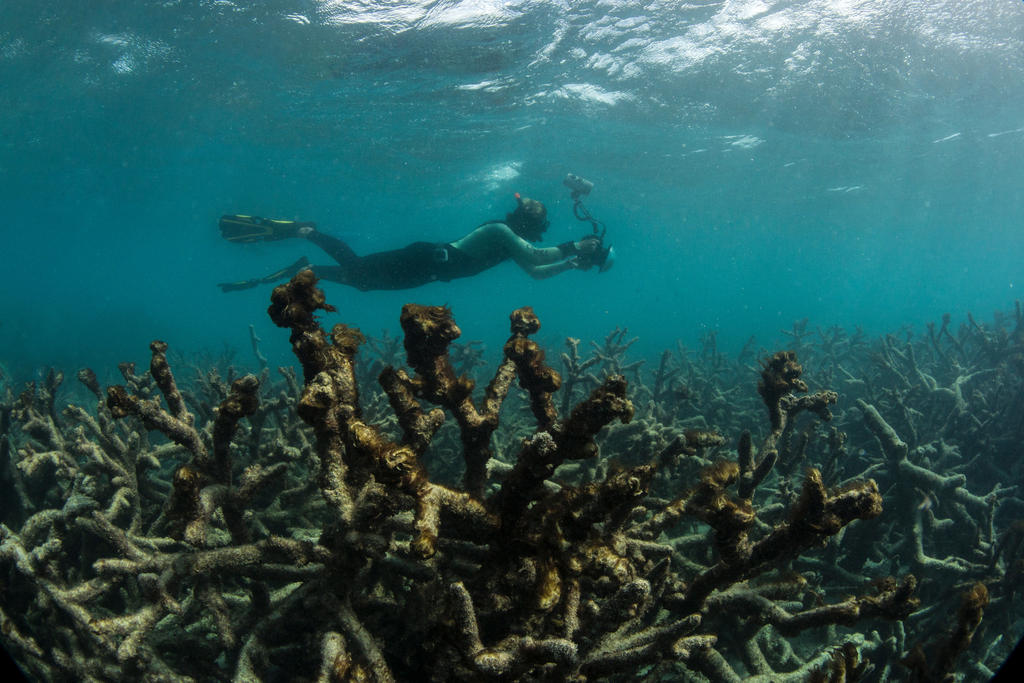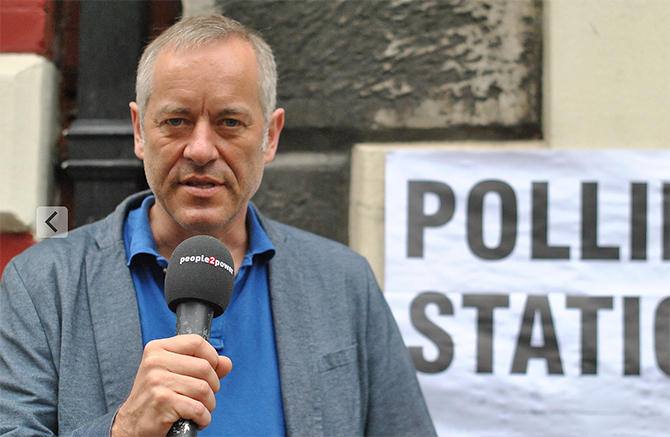Why the Mekong needs to become a river of democracy

Rivers are the lifelines of the world. Their waters crisscross cities, countries and continents. But after a week on the mighty Mekong, our correspondent sees a need for more ‘river democracy’.
With the cool dry season reaching its peak, the water levels on the Mekong River have lowered several meters. This makes navigation difficult as the river in its inner Laotian section is full of islets, reefs and small waterfalls. “I know every shoal and cliff,” states Mr Barlao, our captain on the Mekong Sun boat, our home for a week.
The trip from Vientiane – the capital of Communist Laos, a landlocked country with just seven million people between China, Vietnam, Cambodia and Thailand – to Luang Prabang – the former monarchic capital – is a journey along a still almost untamed river.
“Soon, this trip will not be possible anymore,” the captain tells us one night, when we anchor on a sandbank in a totally unpopulated section of the river. He looks to the north and then to the south and adds: “Soon we will have to fight for our river.”
I grew up in the heart of Europe, in another landlocked country: Switzerland. I saw the sea for the first time when I was a teenager. But I experienced the rivers of my home country, from a very early age, in all their beauty, usefulness and danger.
One of my favourite spots in Switzerland as a child was the border triangle in Basel, where Switzerland, Germany and France meet. There, on a peninsula reaching into the Rhine river, I first started to reflect on the notion of ‘river democracy’ – the idea that the people living in a river basin collectively need to care about what’s going in the river and how they treat their common waters, independently of local, regional and national jurisdictions.
My initial reason for such a reflection was an enormous chemical spill at the Sandoz chemical warehouse near Basel, resulting in tons of pollutants flowing into the Rhine in autumn 1986. This caused a massive mortality of wildlife downstream and triggered a large number of transnational environmental initiatives along the more than 1,200 km-long Rhine.
Thanks to participatory tools in many of the adjacent territories, much damage was reversed in the years after the spill, strengthening both the rivers and democracy in many parts of Central and Western Europe.
Danube, Daugava, Amazonas and Nile
Since those early years of river democracy, I have followed many similar developments across the world as a democracy reporter and supporter.
In Eastern Europe, environmental campaigns about rivers (like the Danube in Hungary or the Daugava river in the Baltic region) were critical features in the democratic revolutions of 1989-91.
Time and again, plans to construct big dams, power plants and unilateral water diversions along transnational rivers have spurred popular movements that not only stopped some projects but also strengthened the popular self-determination of the people living along those waters.

I have also seen what happens to countries where the vital interests of all affected people had no voice: the most dramatic example being the Aral Sea, between Kazakhstan and Uzbekistan.
Just half a century ago still one of the largest lakes in the world (with an area of almost 70,000 square kilometres), politically-decided irrigation projects have all but evaporated the water and led to one of the planet’s worst environmental disasters.
Today, public awareness about the world’s most important rivers is greater than ever before, from the Amazon in South America to the Nile in North Africa to the Mekong in Southeast Asia.
On the Mekong, I had the opportunity a few years ago to make an epic journey from Ho Chi Minh City in the very populated Mekong Delta up to the ancient cultural world capital in Angkor Wat. The enormous energy and tides of the almost 5,000 km-long river is essential to the well-being of more than 50 million people in this lower part.
The river’s annual differences between dry and wet seasons change the direction in the river arm leading to and from the Tonle Sap lake in Cambodia, where hundreds of villages are situated on the water themselves.
On that earlier trip, there was a lot of hope for democratic progress along the river, from Vietnam all the way up to Myanmar and China.
Mekong countries even agreed to coordinate their efforts to develop and protect their common lifeline.
But at the annual summit of ASEAN (a regional intergovernmental organisation of ten member states) in Phnom Penh in 2012, civil society made its voice heard more than ever before.
This shocked the ruling elites in several of the traditionally autocratic countries. In Vietnam, the Communist Party arrested democracy promoters; in Cambodia, long-term ruler Hun Sen launched his attacks on opposition parties; and in Laos, the renowned farmer and human rights activist Sombath Somphone was abducted by the country’s secret service – and has not been seen since.
Dark side of the Chinese dream
For several years now, modern forms of governance and public participation have been on the retreat along the Mekong River. And this retreat has had far-reaching consequences, as I have seen first-hand on the most recent leg of my 200-day-long #ddworldtour.
In Laos, possibly one of the calmest and most laid-back countries of the world, civic associations have been forbidden to register and be active for more than four years. After a change in the leadership of the Communist party, the state presidency and government, some windows for change have been opened recently.
China has taken advantage of these few years of democratic silence to advance its influence and positions forcefully. The consequences can be seen clearly both south and north of Luang Prabang, a UNESCO World Heritage site.

Outside Xayaburi the waters of the Mekong are hindered by a new mega-dam, financed and built by the Chinese. The first such construction in Laos will not only increase the national production of electricity by 500 percent but also stop the yearly migration of many inhabitants of the proud river – such as the Irrawaddy Dolphins and the giant catfish.
As our boat comes closer to the 820-meter-long, 30-meter-high dam, I began to understand the dimensions of disruption: a crew member on our boat tells me about dozens of river villages that have been forcefully resettled.
Similar stories are told further north on the Mekong, where dam construction will increase before concluding next year.
Near the dam, a new high-speed railway line is cutting across the hilly rural landscape. Again, the backer of the project is China, which has convinced the one-party-rulers in Vientiane to accept a multi-billion-dollar loan to allow the construction of the country’s first ever railway line.
The advanced development of the line, which passes just a few kilometres north of Luang Prabang, is almost not noticed by the local population. Several tuk-tuk drivers, when I ask for a ride to the giant construction site, declare that they never have heard about this project.
And this is the real problem with the lightning-fast development of the whole Mekong region: the people are virtually excluded from making those important decisions.
The modern infrastructure, which could become a benefit for many, is seen as a benefit for a few people in China.
The only positive way forward will be to identify and support river democracy initiatives from the very south of the Mekong in Vietnam all the way up to the snowy Himalayan summits in Tibet. Recently several such initiatives have been established–including civil society organisations, independent media and governmental organisations.
While they can make a difference, and contribute to better governance, another void remains: the very limited powers of villages and cities in the Mekong to defend themselves.
The authoritarians – or “democratic centralists” – who rule the countries in the Mekong do not welcome autonomous local governments. My takeaway after my most recent journey along the “Mother of Rivers” is that, on the Mekong, it is time for change.
Swiss-Swedish author and journalist Bruno Kaufmann is on a world tour to explore the state of democracy visiting more than 20 countries on four continents until May 2018.
swissinfo.ch publishes a weekly Notebook and multimedia reports by Kaufmann over the next few months as part of its coverage of direct democracy issues.
Kaufmann’s democracy world tour is mainly sponsored by the Swiss Democracy FoundationExternal link, where he is the director of international cooperation. The Swiss Democracy Foundation hosts various projects and platforms linked to participatory and direct democracy across the globe, including Democracy International, External linkthe Direct Democracy NavigatorExternal link and the Initiative and Referendum Institute Europe.External link

In compliance with the JTI standards
More: SWI swissinfo.ch certified by the Journalism Trust Initiative












You can find an overview of ongoing debates with our journalists here . Please join us!
If you want to start a conversation about a topic raised in this article or want to report factual errors, email us at english@swissinfo.ch.